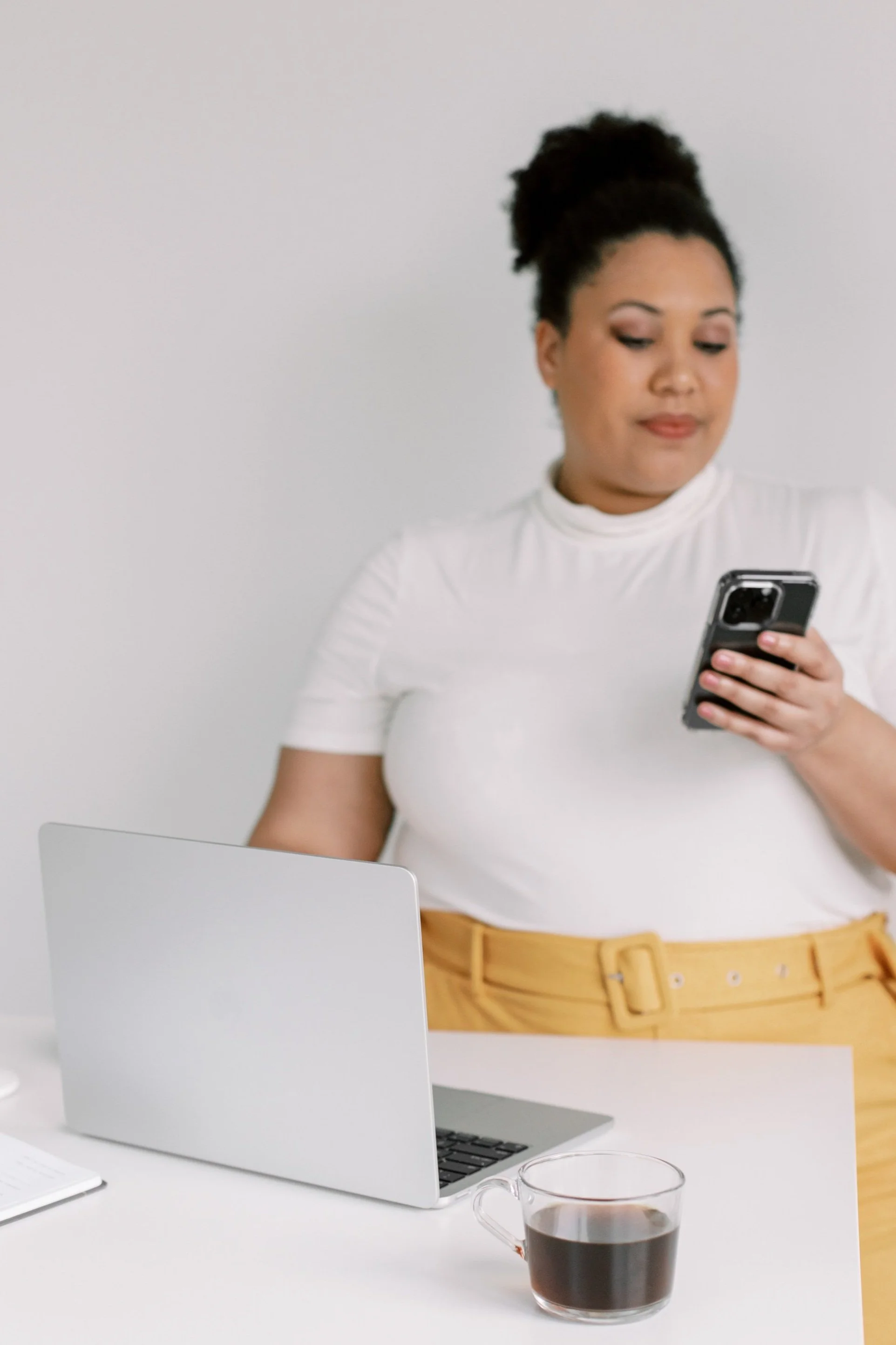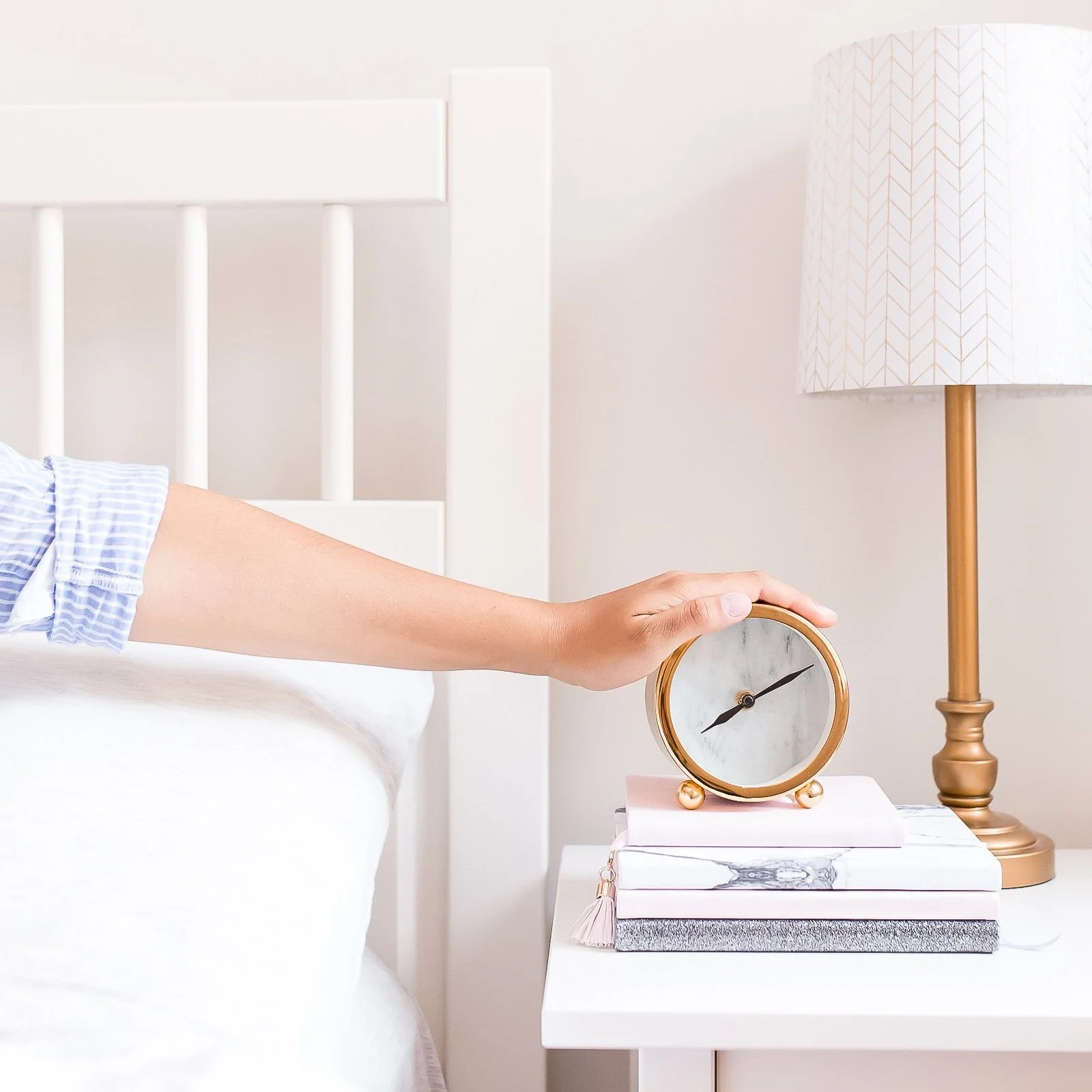7 Boundaries You Can Set With Your Phone to Lower Anxiety
Most of us have complicated relationships with our phones. We can't live without them, nor would we want to. Overall, they're a net positive. But they also control a lot of our time and attention and raise our anxiety. Poor boundaries with our phones leads to stress, anxiety, and strained relationships. If you find yourself constantly glued to your phone, experiencing FOMO, or disconnected from the people around you, this article is for you. We'll offer seven strategies to help you build better boundaries with your phone.
The Grip of Technology Addiction
Before diving into the strategies, let's unpack why technology can be so addicting. Have you ever wondered why you compulsively check your smartphone, even when there are no new notifications? It's not a mere coincidence; it's by design.
Smartphones, social media, and apps are designed to be addictive. They employ techniques that trigger the release of dopamine in your brain. Dopamine is the feel-good neurotransmitter. The constant stream of notifications, likes, and comments can create a cycle of instant gratification, making you crave more. It's easy to get caught in the trap of mindlessly scrolling, checking, and swiping. We've all been there.
Strategy 1: Manage Your Notifications
The first step to building better boundaries with technology is to take charge of your notifications. Every notification, whether it was an email, a social media update, or a news alert, interrupts your focus and increases your stress levels. It's time to reclaim your attention.
How to Manage Notifications
Review your notification settings for each app.
Turn off non-essential notifications.
Schedule specific times to check and respond to messages.
By reducing the constant barrage of notifications, you have more control over your time, which will lower anxiety levels.
Strategy 2: Remove Social Media Apps (For Now)
Your next move is to tackle the biggest source of tech addiction - social media. Scrolling through social feeds mindlessly eats away precious hours, leaving us feeling anxious and unproductive. It creates a lot of FOMO. Recent evidence suggests it even changes how we experience our daily lives. We get more focused on how we're going to capture and share things on social than what's actually happening in the moment. We think you deserve to be fully present and engaged with what's happening. The solution? A temporary farewell to the apps.
How to Remove Social Media Apps
Uninstall social media apps from your smartphone.
Replace them with alternative activities, such as reading a book or going for a walk.
You can totally still socialize via text, FaceTime, and calls!
We know this one raises a lot of anxiety! But it's temporary. If you want to add social media back later, you totally can. We're just removing apps for now. Start with 1-2 weeks and see how you feel. If you're still anxious about being off social afterwards, try to keep it going until you're re-oriented to life without social. Many people decide to continue their social media-free life after seeing how good it feels. You might discover you have more time for meaningful activities and relationships.
Strategy 3: Take Email Off Your Phone
Okay, we know this sounds insane. And it's not for everyone. There are some fields and lifestyles this wouldn't work for. But the reality for most millennials with desk jobs is that we don't need to check email when we're away from our computer. Checking email when we're not working can add a sneaky amount of stress to our lives. To create healthier boundaries, try removing email from your phone. It'll feel weird at first, but then you might feel liberated.
How to Take Email Off Your Phone
Delete email accounts from your device.
Set designated times for checking and responding to emails.
If you need email accessible for finding details about travel, event tickets, etc, try putting your email app in a faraway folder. ONLY check it when you need to access specific information. No mindless refreshing of your inbox.
This strategy helps you leave work at the office and enjoy your personal time without the looming pressure of a full inbox. It also allows you to not get distracted by non-urgent things while you're out with friends, traveling, or enjoying your hobbies. Over time you might find you love the freedom of being away from your inbox when you're not at your computer. It can be a huge step for work-life balance.
Strategy 4: Sleep with Your Phone in Another Room
Many of us are guilty of keeping our smartphones within arm's reach, even in bed. But this habit negatively impacts sleep and our relationships with our partners. This strategy might not be practical for those of us with teenagers who stay out late, or aging relatives who might need medical care. But if you're not accountable to someone else outside your home, give yourself the gift of deeper and more restful sleep. You'll probably also find you scroll less. Once the phone is in another room for the night, you won't pick it up "just one more time" and find yourself in an Instagram hole an hour later.
How to Sleep with Your Phone in Another Room
Get an alarm clock to replace your phone's wake-up function.
Charge your phone in a different room overnight.
If you need to be available for emergencies, consider placing it on a table out of reach while you sleep. You could also use your phone's Do Not Disturb screening functions.
With your phone out of the bedroom, you'll find it easier to unwind, sleep better, and connect more with your partner.
Strategy 5: Turn Your Phone to Grayscale
The vibrant colors on our screens are designed to capture our attention. But here's a trick that will make your smartphone less appealing: turning it to grayscale. This simple change in display settings makes your phone less visually stimulating. You'll naturally prefer to look around at your environment.
How to Turn Your Phone to Grayscale
Navigate to your phone's accessibility settings.
Select the grayscale option.
By making your phone less engaging, you'll found it easier to resist the urge to mindlessly scroll.
Strategy 6: Use Control Apps
Sometimes we need a little extra help to stay on track. Control apps like OffScreen and OneSec allow us to set limitations on app usage and keep us accountable.
How to Use Control Apps:
Download a control app that suits your needs. We like OffScreen and OneSec. OffScreen sets limits and gives you reminders when you're approaching certain time limits you set in the app. OneSec makes you do a 15 second breathing exercise before opening certain apps, helping prevent reflexive opening of mindless apps.
Set daily time limits for specific apps or categories.
Strategy 7: Keep Your Phone Away When Out with Friends
It's become a common sight: a group of friends sitting together, each engrossed in their own digital world, rather than engaging in the present moment. This habit can hinder the quality of our relationships and our ability to connect with others. To enhance your social experiences and build better boundaries with technology, consider adding a seventh strategy to your arsenal: Keep your phone away when out with friends.
How to Keep Your Phone Away When Out with Friends
Prioritize face-to-face conversations and interactions.
Create a rule that your phone only comes out for taking meaningful photos or for safety reasons
By consciously choosing to put your phone aside when spending time with friends, you'll not only deepen your connections but also set an example for more meaningful and tech-balanced social interactions. This simple practice can make a significant difference in the quality of your relationships and reduce the anxiety that can result from feeling disconnected from those around you. So, the next time you're out with friends, try leaving your phone in your bag or pocket, and relish the present moment.
The Ripple Effect: Lower Anxiety and Improved Relationships
As you implement these strategies, you might begin to notice significant changes in your life. At first your anxiety might go up. That's normal; you're adjusting to a new way of moving through the world.
Over time, your anxiety levels will decrease as your feel more in control of your time and attention. By reducing the constant distractions of your smartphone, you'll become more present in your interactions, fostering better relationships with family, friends, and partners.
Moreover, your newfound presence will help prevent a common issue that often plagues smartphone addicts - "phubbing." This term refers to the habit of snubbing someone in favor of your phone, and it can strain relationships. With better boundaries in place, you'll phub less often.
Phone Boundaries: Take the First Step
Building better boundaries with technology is not an all-or-nothing endeavor. You can take small, practical steps to regain control over your tech habits, reduce anxiety, and improve your relationships. It's not about completely disconnecting from the digital world. That would be too extreme. It's all but finding a healthier balance that works for you.
Are you ready to take the first step towards a more balanced and tech-savvy life? Start by implementing one or more of these strategies today You'll be well on your way to a happier, more connected, and less anxious you.
Therapy To Lower Anxiety In Los Angeles, San Francisco, and Throughout California and Florida
Interested in exploring these strategies further or need personalized guidance? Don't hesitate to reach out for a free consultation. We're here to support busy, stressed millennials like you in your journey to a more balanced and fulfilling life.




























